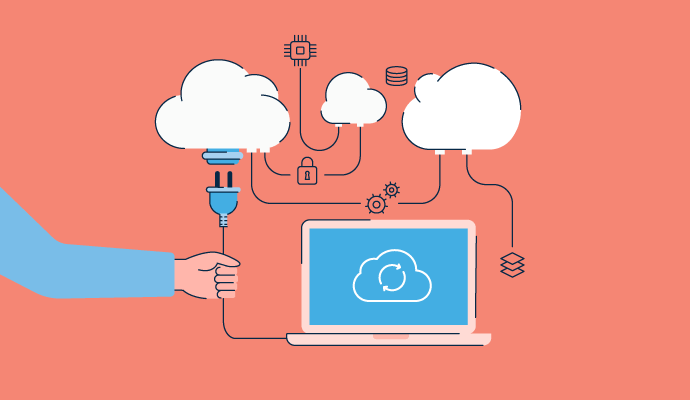With the increasing demand for cloud-based solutions, more and more businesses are moving towards cloud migration. However, migrating to the cloud is not a simple task and requires proper planning and execution. In this article, we will discuss the cloud migration process and provide tips to navigate it smoothly.
Understanding Cloud Migration
Cloud migration refers to the process of moving data, applications, and other business elements from an organization’s on-premises infrastructure to a cloud-based infrastructure. The primary reasons for cloud migration are scalability, cost-effectiveness, agility, and flexibility.
Preparing for Cloud Migration
Before migrating to the cloud, it’s essential to prepare the organization’s infrastructure and workforce. Here are some essential steps to prepare for cloud migration:
Assess Your Current Infrastructure
Conduct a comprehensive analysis of the current infrastructure to identify potential challenges and limitations that may arise during the migration process. This assessment will help in identifying potential issues and provide solutions to overcome them.
Determine Cloud Migration Strategy
Determine the type of migration strategy that best suits the organization’s needs. The most common migration strategies are rehosting, replatforming, refactoring, and replacing.
Identify Key Stakeholders
Identify key stakeholders in the migration process and assign roles and responsibilities. This will ensure that the migration process goes smoothly, and all necessary tasks are completed.
Executing Cloud Migration
After preparing for cloud migration, the next step is to execute the migration process. Here are some critical steps to ensure successful migration:
Choose the Right Cloud Provider
Choose a cloud provider that meets the organization’s requirements and provides the necessary services and tools for the migration process.
Migrate Data and Applications
Migrate data and applications to the cloud infrastructure using the selected migration strategy. The migration process may take several weeks or months, depending on the amount of data and applications being migrated.
Testing and Optimization
After migrating the data and applications, perform testing and optimization to ensure that the cloud infrastructure is functioning correctly.
Post-Migration
After completing the migration process, it’s essential to monitor the cloud infrastructure regularly to identify and fix any issues that may arise. Here are some crucial steps to ensure the post-migration phase goes smoothly:
Security and Compliance
Ensure that the cloud infrastructure is secure and compliant with industry standards and regulations.
Training and Support
Provide training and support to the workforce to ensure that they can efficiently operate in the cloud environment.
Continuous Improvement
Implement continuous improvement practices to optimize the cloud infrastructure and maximize its benefits.
Conclusion
Migrating to the cloud can provide numerous benefits, but it’s essential to navigate the migration process smoothly. By following the steps outlined in this article, organizations can successfully migrate to the cloud and reap its benefits.
FAQs
- What is cloud migration? Cloud migration refers to the process of moving data, applications, and other business elements from an organization’s on-premises infrastructure to a cloud-based infrastructure.
- What are the benefits of cloud migration? Cloud migration can provide benefits such as scalability, cost-effectiveness, agility, and flexibility.
- How do I prepare for cloud migration? To prepare for cloud migration, assess the current infrastructure, determine the migration strategy, and identify key stakeholders.
- How long does the migration process take? The migration process may take several weeks or months, depending on the amount of data and applications being migrated.
- What should I do after completing the migration process? After completing the migration process, ensure that the cloud infrastructure is secure and compliant, provide training and support to the workforce, and implement continuous improvement practices.
